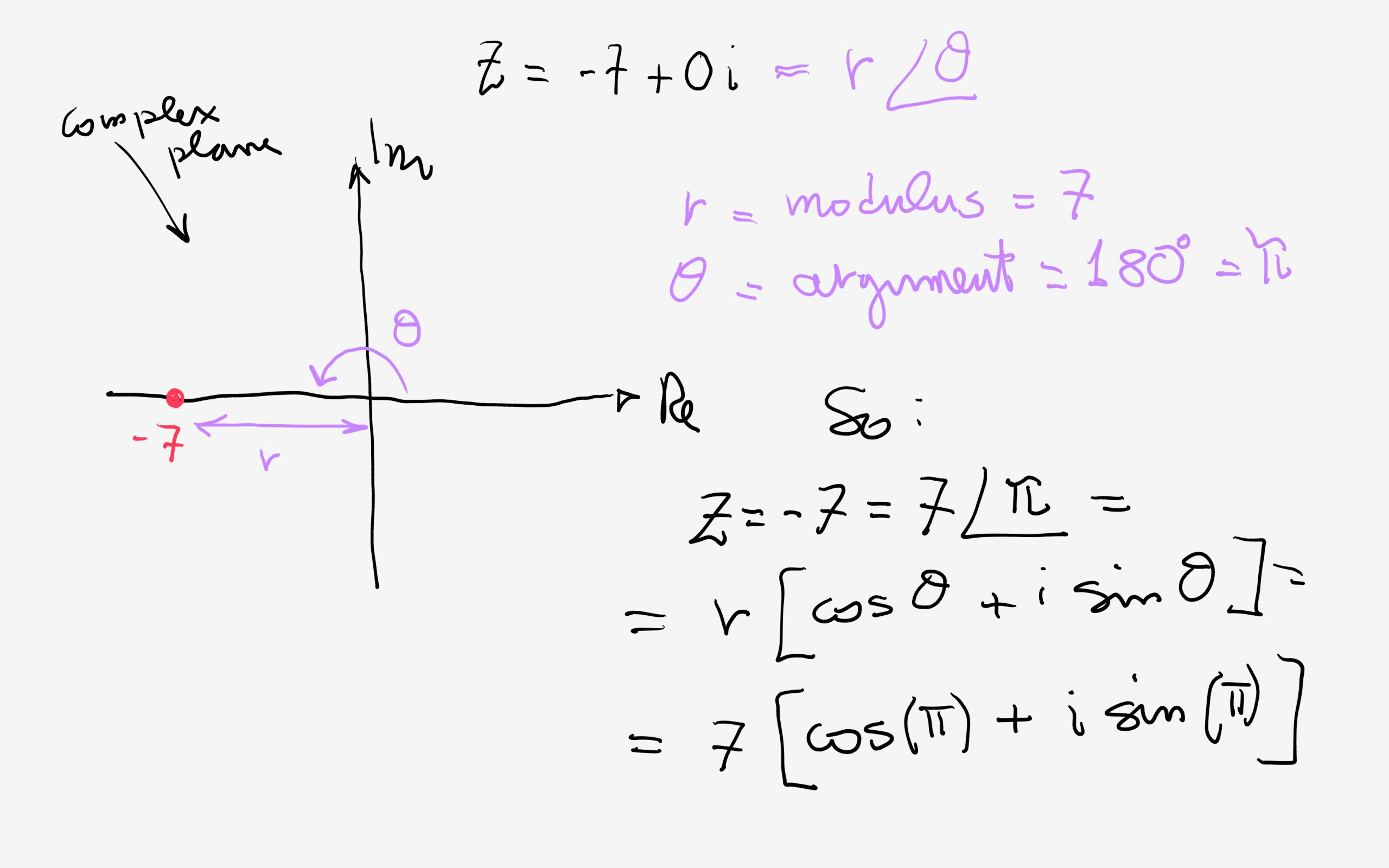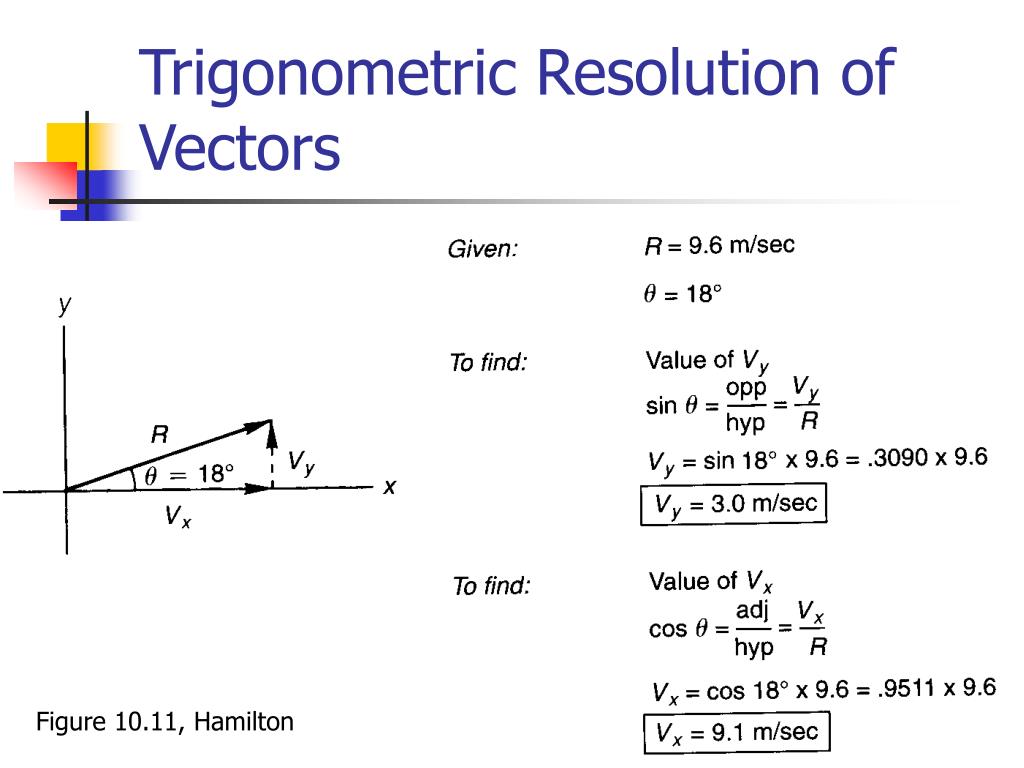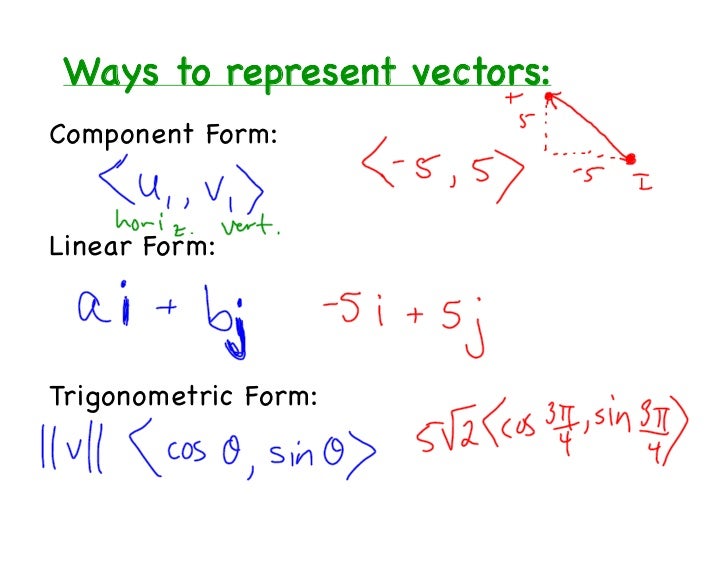Vector Trigonometric Form
Vector Trigonometric Form - The formula for magnitude of a vector $ \vec{v} = (v_1, v_2) $ is: Web write the vector in trig form. One way to represent motion between points in the coordinate plane is with vectors. Web the vector and its components form a right triangle. Then, write the equation in a standard form, and isolate the variable using algebraic manipulation to solve for the variable. Web magnitude is the vector length. Web magnitude and direction form is seen most often on graphs. In this example we have $ v_1 = 4 $ and $ v_2 = 2 $ so the magnitude is: $$ \| \vec{v} \| = \sqrt{4^2 + 2 ^2} = \sqrt{20} = 2\sqrt{5} $$ The figures below are vectors.
Web what are the types of vectors? A vector is essentially a line segment in a specific position, with both length and direction, designated by an arrow on its end. Adding vectors in magnitude & direction form. $$v_x = \lvert \overset{\rightharpoonup}{v} \rvert \cos θ$$ $$v_y = \lvert \overset{\rightharpoonup}{v} \rvert \sin θ$$ $$\lvert \overset{\rightharpoonup}{v} \rvert = \sqrt{v_x^2 + v_y^2}$$ $$\tan θ = \frac{v_y}{v_x}$$ It's a fairly clear and visual way to show the magnitude and direction of a vector on a graph. Write the word or phrase that best completes each statement or answers the question. Web magnitude is the vector length. We will also be using these vectors in our example later. The trigonometric ratios give the relation between magnitude of the vector and the components of the vector. Web the vector and its components form a right triangle.
Adding vectors in magnitude & direction form. Magnitude & direction form of vectors. −→ oa = ˆu = (2ˆi +5ˆj) in component form. This is much more clear considering the distance vector that the magnitude of the vector is in fact the length of the vector. ˆu = < 2,5 >. Web write the vector in trig form. How do you add two vectors? Z = a+ bi = |z|(cos(θ)+isin(θ)) z = a + b i = | z | ( cos ( θ) + i sin ( θ)) The sum of (1,3) and (2,4) is (1+2,3+4), which is (3,7) show more related symbolab blog posts This complex exponential function is sometimes denoted cis x (cosine plus i sine).
Vectors in Trigonmetric Form YouTube
Z = a+ bi = |z|(cos(θ)+isin(θ)) z = a + b i = | z | ( cos ( θ) + i sin ( θ)) Express w as the sum of a horizontal vector, , w x, and a vertical vector,. Magnitude & direction form of vectors. The figures below are vectors. Amy wants to push her refrigerator across the.
Trig Polar/Trigonometric Form of a Complex Number YouTube
To add two vectors, add the corresponding components from each vector. Find the magnitude of the vector $ \vec{v} = (4, 2) $. $$ \| \vec{v} \| = \sqrt{4^2 + 2 ^2} = \sqrt{20} = 2\sqrt{5} $$ Magnitude & direction form of vectors. Web magnitude is the vector length.
Vector Components Trigonometry Formula Sheet Math words, Math quotes
Web a vector is defined as a quantity with both magnitude and direction. Web magnitude and direction form is seen most often on graphs. $$v_x = \lvert \overset{\rightharpoonup}{v} \rvert \cos θ$$ $$v_y = \lvert \overset{\rightharpoonup}{v} \rvert \sin θ$$ $$\lvert \overset{\rightharpoonup}{v} \rvert = \sqrt{v_x^2 + v_y^2}$$ $$\tan θ = \frac{v_y}{v_x}$$ A vector u has magnitude 2 and direction , θ =.
Trigonometric Form To Polar Form
−→ oa = ˆu = (2ˆi +5ˆj) in component form. Two vectors are shown below: A vector is essentially a line segment in a specific position, with both length and direction, designated by an arrow on its end. Web a vector is defined as a quantity with both magnitude and direction. Web when finding the magnitude of the vector, you.
Trig Form of a Vector YouTube
One way to represent motion between points in the coordinate plane is with vectors. Write the result in trig form. Web vectors in trigonmetric form demystifyingmath 710 subscribers subscribe 8 share 2.1k views 10 years ago trigonometry linear combination of vectors, vectors in. The common types of vectors are cartesian vectors, column vectors, row vectors, unit vectors, and position vectors..
How do you write the complex number in trigonometric form 7? Socratic
The formula for magnitude of a vector $ \vec{v} = (v_1, v_2) $ is: To add two vectors, add the corresponding components from each vector. The vectors u, v, and w are drawn below. Find the magnitude of the vector $ \vec{v} = (4, 2) $. 11/18/2021 what is a vector?
Trigonometric Form To Standard Form
Web to find the direction of a vector from its components, we take the inverse tangent of the ratio of the components: Then, write the equation in a standard form, and isolate the variable using algebraic manipulation to solve for the variable. Web to solve a trigonometric simplify the equation using trigonometric identities. Two vectors are shown below: $$ \|.
The Product and Quotient of Complex Numbers in Trigonometric Form YouTube
Magnitude & direction form of vectors. The vector in the component form is v → = 〈 4 , 5 〉. $$ \| \vec{v} \| = \sqrt{v_1^2 + v_2^2 } $$ example 01: Web when finding the magnitude of the vector, you use either the pythagorean theorem by forming a right triangle with the vector in question or you can.
PPT Introduction to Biomechanics and Vector Resolution PowerPoint
Web a vector is defined as a quantity with both magnitude and direction. 10 cos120°,sin120° find the component form of the vector representing velocity of an airplane descending at 100 mph at 45° below the horizontal. Web where e is the base of the natural logarithm, i is the imaginary unit, and cos and sin are the trigonometric functions cosine.
Pc 6.3 notes_vectors
Use inverse trigonometric functions to find the solutions, and check for extraneous solutions. Web what are the types of vectors? The common types of vectors are cartesian vectors, column vectors, row vectors, unit vectors, and position vectors. −→ oa = ˆu = (2ˆi +5ˆj) in component form. 10 cos120°,sin120° find the component form of the vector representing velocity of an.
How Do You Add Two Vectors?
Web the vector and its components form a right angled triangle as shown below. $$ \| \vec{v} \| = \sqrt{4^2 + 2 ^2} = \sqrt{20} = 2\sqrt{5} $$ The figures below are vectors. Web to solve a trigonometric simplify the equation using trigonometric identities.
$$ \| \Vec{V} \| = \Sqrt{V_1^2 + V_2^2 } $$ Example 01:
Amy wants to push her refrigerator across the floor, so she gets a ladder, climbs it, and then pushes really hard on the top of the refrigerator. The common types of vectors are cartesian vectors, column vectors, row vectors, unit vectors, and position vectors. The sum of (1,3) and (2,4) is (1+2,3+4), which is (3,7) show more related symbolab blog posts Since displacement, velocity, and acceleration are vector quantities, we can analyze the horizontal and vertical components of each using some trigonometry.
Find The Magnitude Of The Vector $ \Vec{V} = (4, 2) $.
In this example we have $ v_1 = 4 $ and $ v_2 = 2 $ so the magnitude is: Two vectors are shown below: This is the trigonometric form of a complex number where |z| | z | is the modulus and θ θ is the angle created on the complex plane. Write the word or phrase that best completes each statement or answers the question.
Web Magnitude Is The Vector Length.
To add two vectors, add the corresponding components from each vector. We will also be using these vectors in our example later. The formula for magnitude of a vector $ \vec{v} = (v_1, v_2) $ is: −→ oa and −→ ob.









